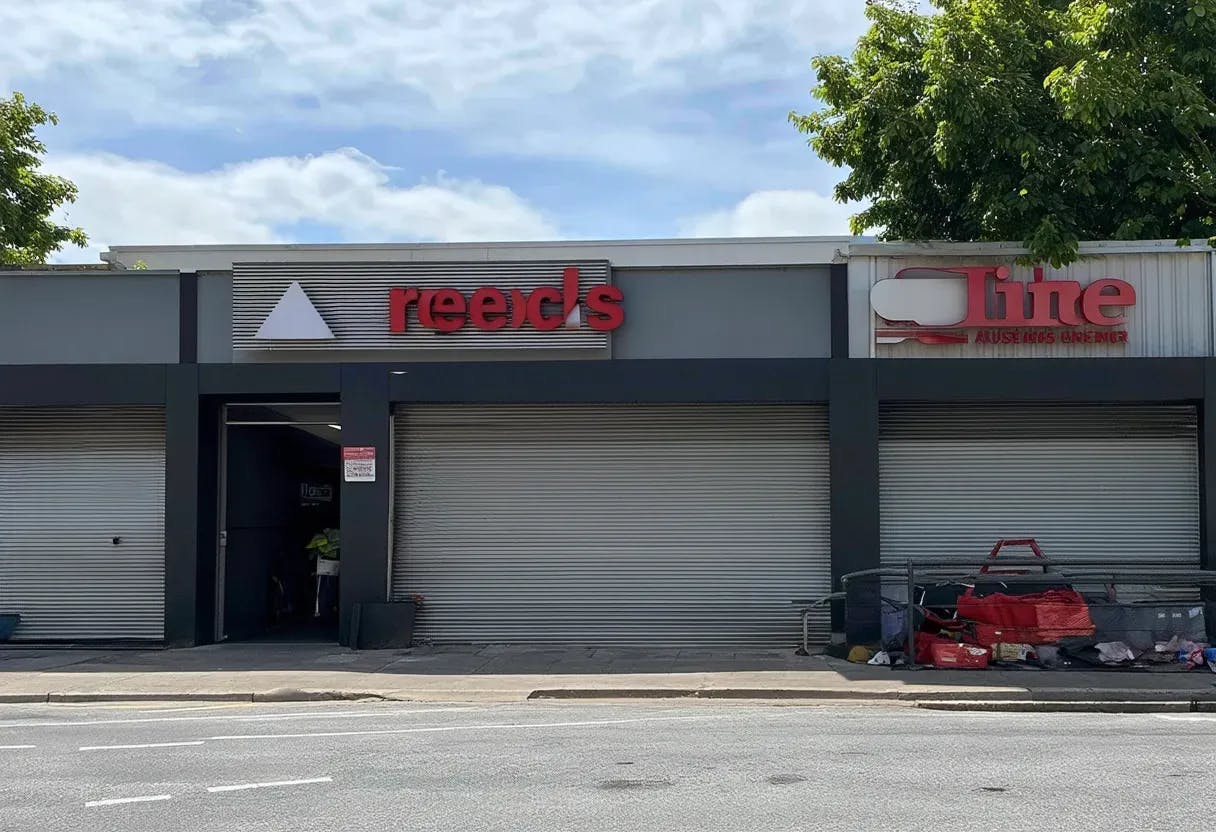In the fashion business today, the sale no longer marks the end of the product's journey—it's usually merely the beginning of a more involved process. With soaring return rates, particularly with the rise of online shopping, clothing retailers are coming to understand that reverse logistics is not only an operational imperative but also a strategic imperative.
Reverse logistics is a term used to describe the movement of products from the customer back to the retailer, and potentially back into the marketplace through resale, refurbishment, or recycling. In retail apparel, this encompasses size-related return handling, damaged products, customer dissatisfaction, and merchandise that is no longer required.
Fashion retail has some of the highest return rates across the industry, fueled by factors such as size discrepancies, color or fit errors, and the increased use of try-before-you-buy options.
Returns through e-commerce can average 30–40%, placing incredible pressure on the logistics process. If not managed effectively, these returns can create excessive costs, obsolete inventory, and adverse environmental effects. Customers increasingly anticipate free, simple, and quick returns as part of shopping, so reverse logistics needs to be as smooth and responsive as the forward supply chain.
A sound reverse logistics system in fashion begins at the return point. Shop owners should offer transparent, online-enabled return processes like web portals, automated shipping labels, and in-store returns.
When a returned product is received, it has to be inspected, sorted, and directed through the proper channel: resale, repair, recycling, or ethical disposal, as the case may be. Technology is the star of the show here: RFID tags and barcodes track returned products in real-time; AI software reads return patterns to identify root causes; and predictive analytics help companies better predict return sizes in advance and improve inventory management.
One of the most promising fields in reverse logistics is recommerce, the resale of gently used apparel. For those that are not repairable or resellable, textile recycling offers a sustainable solution. Material perhaps reprocessed to become insulation, recycled into new clothing, or turned into raw material, with landfill savings and reduced environmental footprint.
Cost efficiency is yet another critical aspect. Reverse logistics is definitely more expensive, but with practical design, in some cases, it can also generate value.
Advanced analytics can prevent returns by flagging troubled SKUs or misleading product descriptions, thereby reducing unnecessary returns. Even donations can contribute to tax benefits and reinforce a good brand reputation. Retailers who view reverse logistics as an opportunity, rather than a problem, can unlock new sources of revenue and foster stronger customer loyalty.
Forward-looking, reverse logistics will only become more relevant as sustainability legislation becomes more stringent and consumers become increasingly environmentally conscious. Brands that invest in nimble, data-driven reverse logistics models will be best placed to transition, capture value, and drive the way toward circular fashion. In the end, retail winners will be those that don't just move product forward well, but can also take the trip back—intelligently, carefully, and responsibly.


